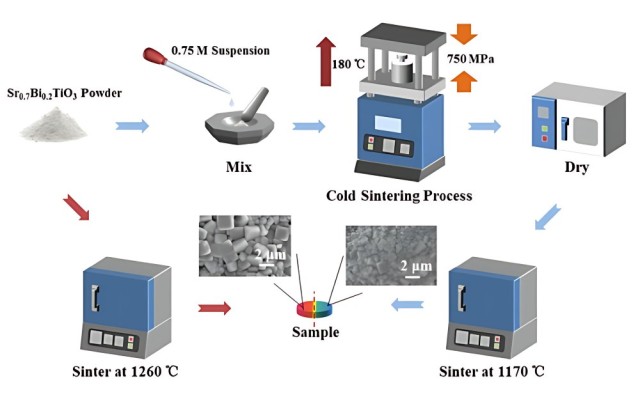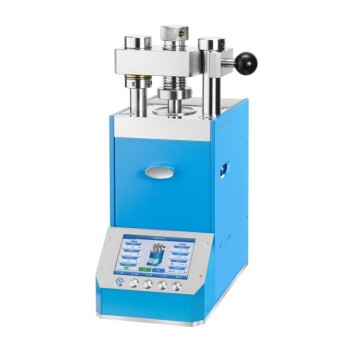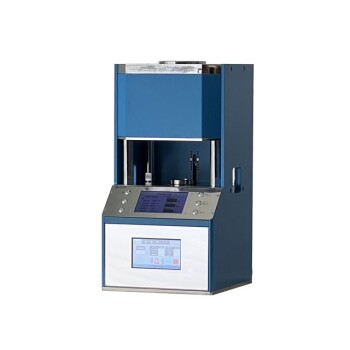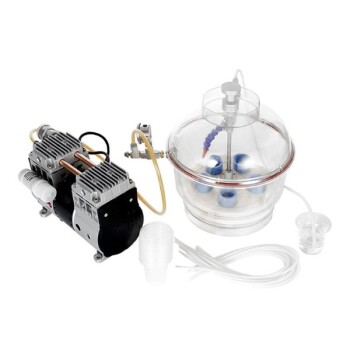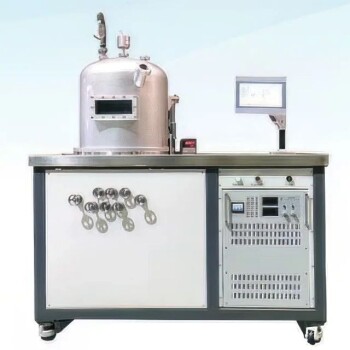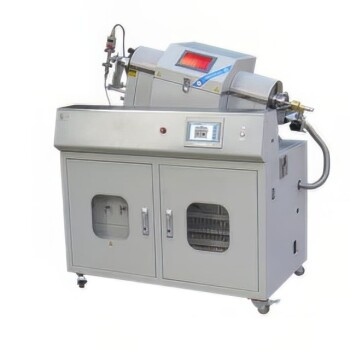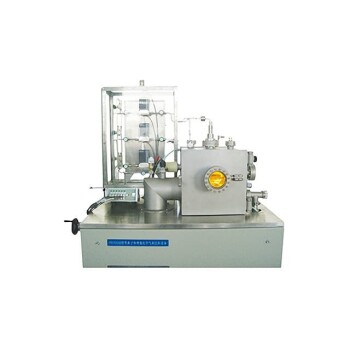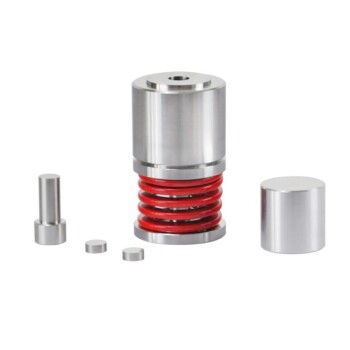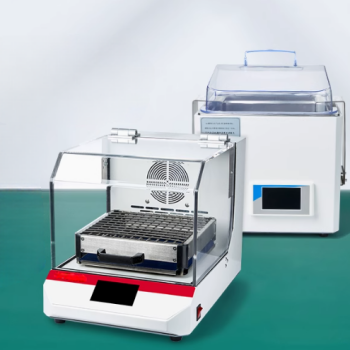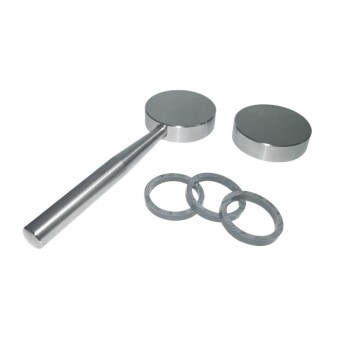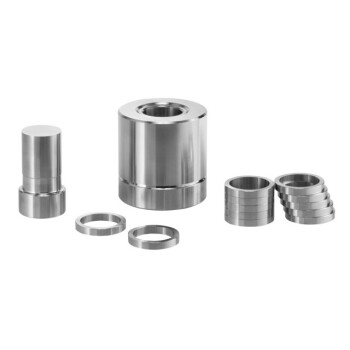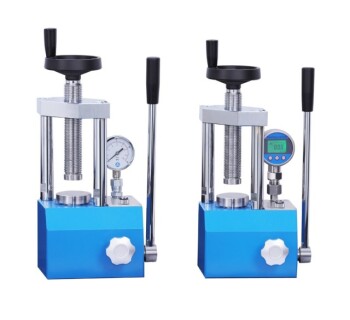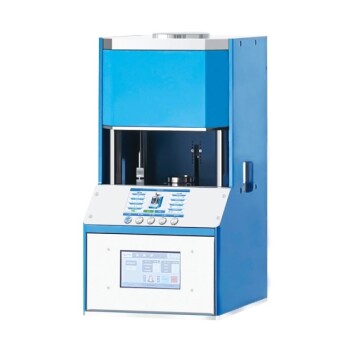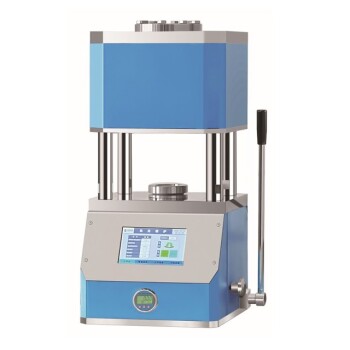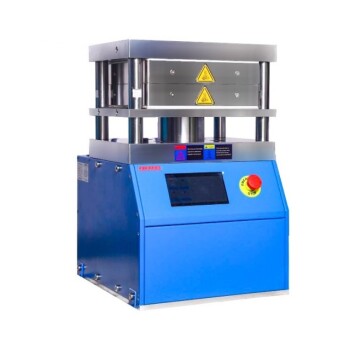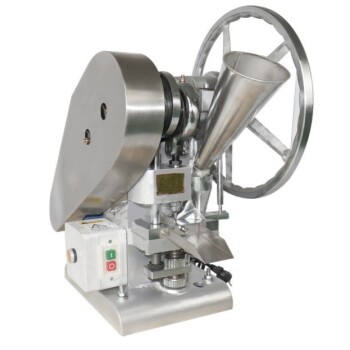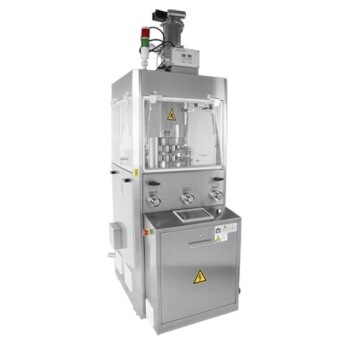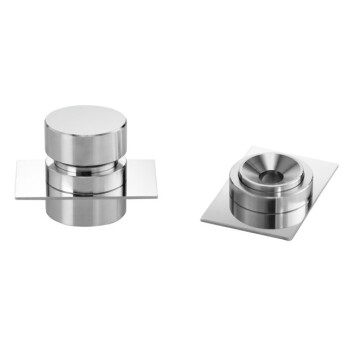Introduction to Special Ceramics and Hot Isostatic Pressing Technology
Importance of Forming and Sintering in Ceramic Preparation
Forming and sintering are pivotal stages in the creation of special ceramics, significantly influencing their final performance characteristics. The sintering process involves transforming a powdered ceramic material into a dense, solid form by heating it below its melting point. This heating induces solid-state diffusion, which bonds the individual particles together, resulting in a material with enhanced strength and reduced porosity. Historically, this method has been employed for centuries in the production of clay, pottery, and bricks, but its application has since expanded to include advanced ceramics, glass, and metals.
The typical procedure for sintering ceramic powders includes several meticulous steps: initially, a slurry is formed by uniformly mixing water, binder, deflocculant, and unfired ceramic powder. This slurry is then spray-dried to yield a fine powder that is subsequently molded into a green body. The green body undergoes a low-temperature heating process to burn off the binder, followed by high-temperature sintering to fuse the ceramic particles. This sequence of steps ensures the material's densification and structural integrity.
An advanced technique that integrates both forming and sintering is hot isostatic pressing (HIP). HIP technology simultaneously applies heat and pressure, which not only accelerates the densification process but also enhances the overall performance of the ceramic. By observing the expansion-temperature curve through optical dilatometer thermal analysis, key temperatures such as phase transition and glass transition can be precisely monitored, ensuring optimal sintering conditions. This dual-force approach is particularly beneficial for creating complex 3D shapes, as it minimizes defects and improves the material's mechanical properties.
In summary, the synergy between forming and sintering processes, particularly when enhanced by technologies like HIP, is instrumental in producing high-quality special ceramics with superior performance attributes.
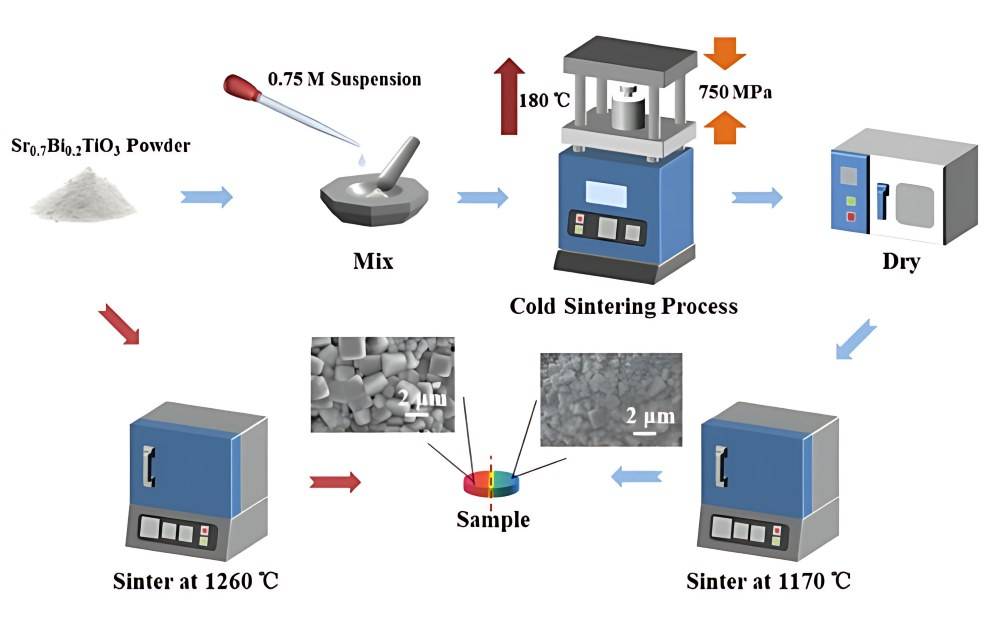
Historical and Systematic Preparation of Special Ceramics
The evolution of special ceramic preparation has been deeply intertwined with the progress of human civilization. Initially, the methods employed were largely intuitive and experiential, relying on the accumulated knowledge and practices passed down through generations. These early techniques were often rudimentary, involving simple hand-molding and rudimentary firing processes, which were sufficient for the limited applications of the time.
As societies advanced, so did the understanding and application of ceramic materials. The advent of systematic approaches in the industrial age marked a significant shift. This period saw the introduction of more controlled and scientific methods, such as the use of precise temperature controls and the incorporation of advanced materials. The systematic approach allowed for greater consistency and reliability in ceramic production, paving the way for more complex and high-performance applications.
In the modern era, the integration of information technology has revolutionized the field. The information age has brought about a paradigm shift, enabling the development of sophisticated computational models and simulation tools that optimize every stage of the ceramic preparation process. This has led to the creation of highly specialized ceramic products with unprecedented properties, tailored for a wide array of advanced technological applications. The journey from intuitive craftsmanship to systematic precision underscores the continuous evolution and adaptability of ceramic technology in meeting the demands of an ever-progressing world.
Characteristics and Development of Special Ceramic Products
Serialization, Ecologicalization, and Informatization
Special ceramic products are characterized by their serialization, ecologicalization, and informatization. These traits not only define the modern evolution of ceramics but also underscore their relevance in contemporary industry.
Serialization in ceramic production streamlines the development process, significantly lowering costs. By standardizing certain aspects of production, manufacturers can reduce waste and improve efficiency. Additionally, serialization allows for greater customization, enabling the creation of products that meet specific customer needs, whether in terms of size, shape, or functionality.
Ecologicalization is another critical aspect, focusing on minimizing the environmental footprint of ceramic manufacturing. This involves the use of sustainable raw materials, efficient resource recycling, and the reduction of harmful emissions. For instance, recycling waste materials from production can reduce the demand for new resources, thereby conserving natural reserves. Moreover, eco-friendly practices can lead to products that are not only durable but also environmentally responsible.
Informatization represents the integration of modern technologies into the production process. This includes the use of advanced sensors, data analytics, and automation to enhance product quality and operational efficiency. For example, real-time monitoring systems can detect defects early in the production cycle, allowing for immediate corrective actions. Additionally, digital tools can optimize production schedules and resource allocation, leading to more efficient use of energy and materials.
In summary, the serialization, ecologicalization, and informatization of special ceramic products are pivotal in addressing both economic and environmental challenges. These strategies ensure that ceramic manufacturing remains both competitive and sustainable in the long term.
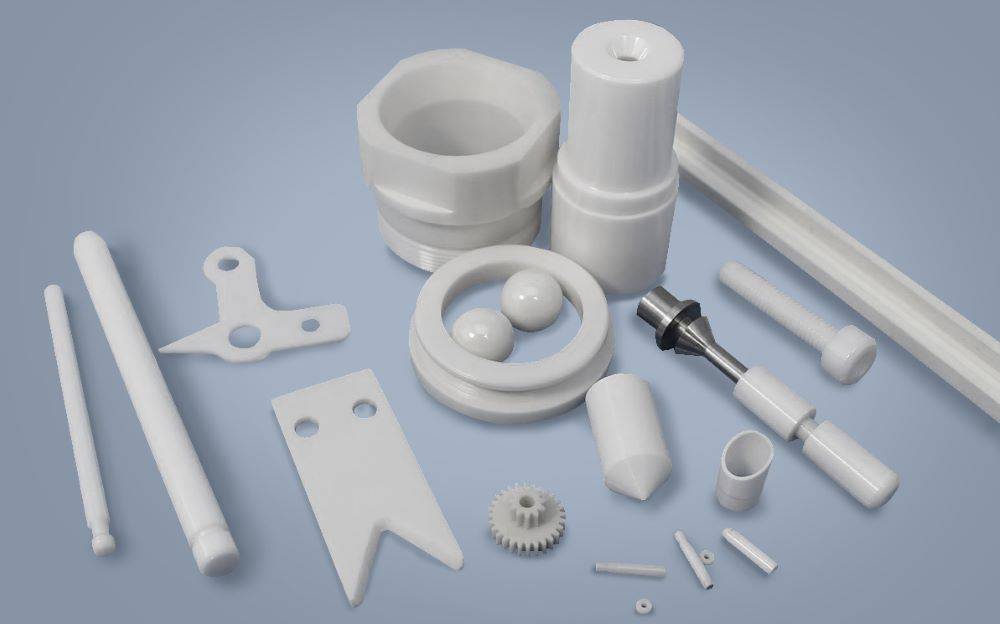
Industry Development and Challenges
The special ceramic industry grapples with significant challenges, most notably the scarcity of critical resources and the escalating costs associated with production. These challenges are not merely economic; they are deeply intertwined with environmental concerns. The extraction and processing of raw materials, such as porcelain stone and porcelain clay, often lead to environmental degradation, necessitating stringent environmental regulations and practices.
To navigate these hurdles, the industry must adopt a dual approach: enhancing resource efficiency and integrating sustainable practices. For instance, the use of Hot Isostatic Pressing (HIP) technology not only optimizes the sintering process but also reduces energy consumption and waste generation. This technology, which simultaneously performs forming and sintering, is pivotal in creating high-performance ceramics that meet both industrial and ecological standards.
Moreover, the industry's trajectory must align with broader environmental goals. This includes recycling and reusing materials to minimize waste and adopting cleaner production techniques. The serialization of ceramic products, which streamlines development and caters to diverse needs, also plays a crucial role in reducing overall environmental impact. By focusing on ecologicalization and informatization, the industry can mitigate its environmental footprint while maintaining competitive product quality and efficiency.
In summary, the special ceramic industry's sustainable growth hinges on its ability to balance economic viability with environmental responsibility. The integration of advanced technologies like HIP, coupled with strategic resource management and sustainable practices, is essential for overcoming current challenges and ensuring long-term industry resilience.
Trends in Special Ceramic Decoration Technology
Recent advancements in special ceramic decoration technology have significantly elevated product integration and shattered traditional specification boundaries. These innovations are not merely incremental improvements but represent a paradigm shift in how ceramics are designed and manufactured. Key drivers of these trends include the development of advanced materials such as microcrystalline glass and translucent ceramics, which offer unprecedented aesthetic and functional possibilities.
Microcrystalline glass, for instance, combines the durability of glass with the crystalline structure of ceramics, resulting in materials that are both resilient and visually appealing. This material is particularly suited for high-end applications where both form and function are critical, such as in luxury consumer goods and architectural elements. Translucent ceramics, on the other hand, provide a unique blend of transparency and strength, making them ideal for applications requiring light transmission without compromising structural integrity.
Moreover, these materials are not just limited to traditional ceramic applications. They are being integrated into a wide range of industries, from electronics to healthcare, where their unique properties can be leveraged to create innovative products. For example, translucent ceramics are being used in medical implants and devices, where their ability to transmit light while maintaining mechanical strength is invaluable.
In summary, the trends in special ceramic decoration technology are characterized by a move towards higher integration and the breaking of traditional boundaries. Innovations like microcrystalline glass and translucent materials are at the forefront of this revolution, driving the development of new applications and markets for special ceramics.
Application of Hot Isostatic Pressing Technology in Ceramic Preparation
Raw Material Preparation
High-quality raw materials such as porcelain stone and porcelain clay are indispensable for the production of special ceramics. These materials must undergo meticulous processing to achieve the desired consistency and quality. The raw materials are initially ground into fine particles, which are then mixed with water to create a viscous emulsion. This emulsion serves as the foundational medium for ceramic production, ensuring uniform distribution of components and optimal plasticity for shaping.
The preparation process involves several critical steps:
-
Grinding and Sieving: The raw materials are ground to a fine powder and passed through sieves to ensure uniform particle size, which is crucial for the homogeneity of the final product.
-
Mixing and Homogenization: The ground materials are mixed with water to form a slurry. This slurry is then subjected to vigorous mixing to achieve a uniform consistency, preventing any localized variations in composition.
-
De-airing: The slurry is subjected to de-airing processes to remove any trapped air bubbles, which can lead to defects in the final ceramic product. This step is essential for achieving a dense and uniform structure.
The resulting viscous emulsion is not only essential for the initial shaping of the ceramic pieces but also plays a significant role in the subsequent sintering process, where the materials are heated to form a solid mass. The quality of the raw material preparation directly impacts the final properties of the ceramic, such as its strength, durability, and aesthetic qualities.
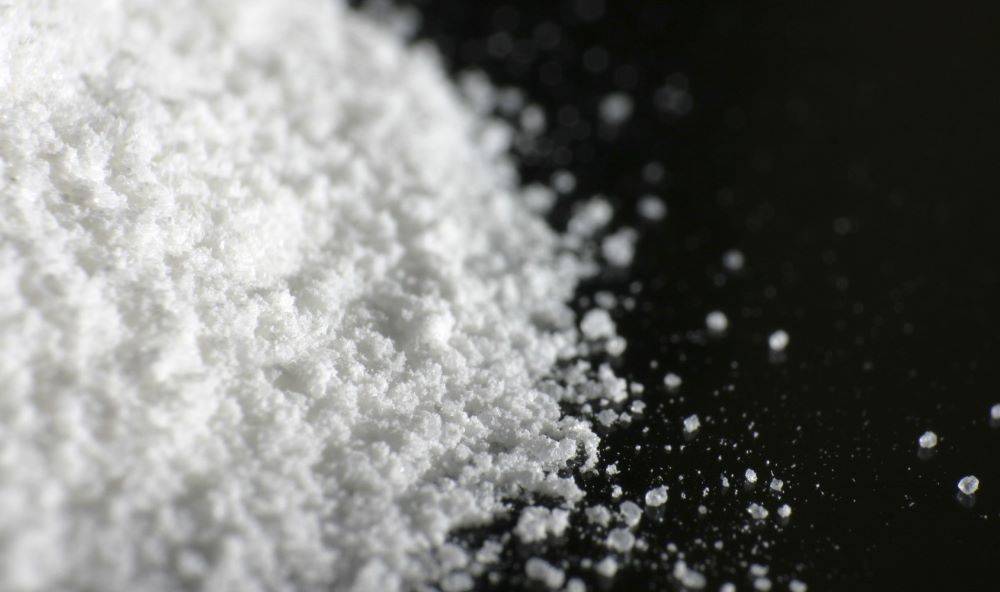
In summary, the meticulous preparation of raw materials is a cornerstone of ceramic production, ensuring that the subsequent steps in the manufacturing process are built on a solid and consistent foundation.
Modeling Preparation Using HIP Technology
Hot Isostatic Pressing (HIP) technology revolutionizes the preparation of special ceramics by significantly enhancing their toughness. This advancement is primarily achieved through two key mechanisms: the reduction of sintering temperature and time, and the prevention of degradation in the ceramic matrix.
Firstly, HIP technology allows for a substantial decrease in the sintering temperature and time required to produce high-quality ceramics. Traditional methods often necessitate high temperatures and extended periods, which can lead to energy inefficiencies and increased production costs. By contrast, HIP technology optimizes these parameters, making the process more energy-efficient and cost-effective. This reduction in temperature and time is crucial for maintaining the structural integrity of the ceramic materials, ensuring that they retain their desired properties without compromising on quality.
Secondly, HIP technology effectively mitigates the degradation of fibers or whiskers within the ceramic matrix. These additives play a vital role in enhancing the mechanical properties of ceramics, such as their strength and toughness. However, they are susceptible to degradation during the high-temperature sintering process. HIP technology addresses this issue by creating a more controlled and uniform environment, thereby preserving the integrity of these critical components. This preservation is essential for the final product's performance, as it ensures that the ceramic retains its enhanced mechanical properties, making it suitable for a wide range of demanding applications.
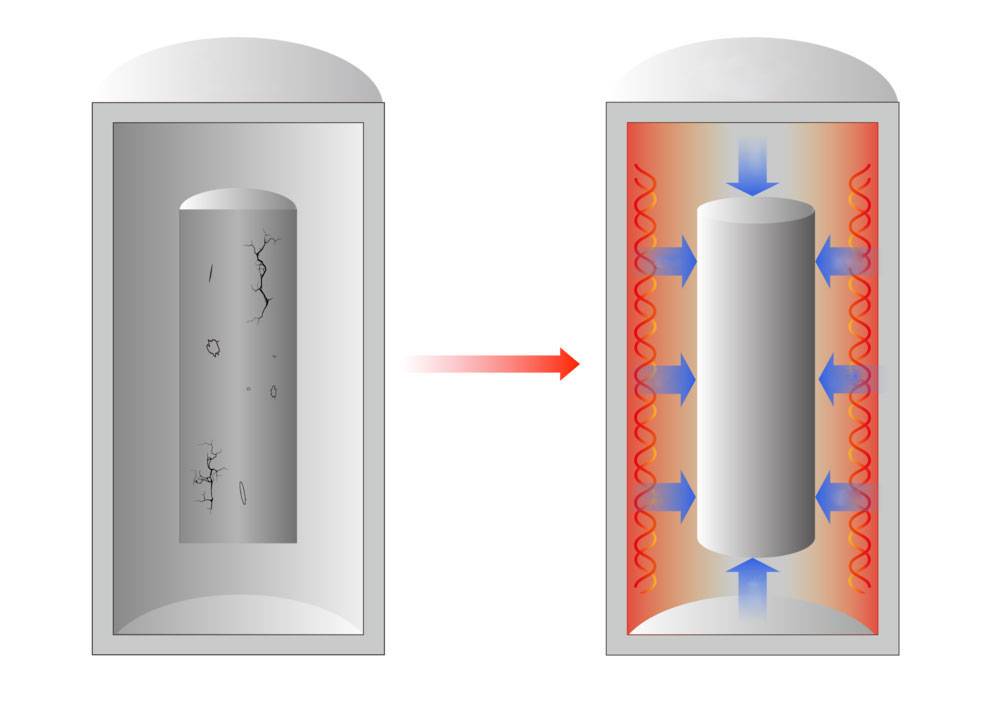
In summary, HIP technology not only streamlines the sintering process but also safeguards the crucial additives within the ceramic matrix, leading to superior ceramic products with improved toughness and durability.
Firing Preparation and Techniques
Modern firing techniques have revolutionized the ceramic industry, particularly through the use of coal and electric kilns. These advanced methods have significantly enhanced energy efficiency and control, leading to notable improvements in product yield and environmental sustainability.
One of the key advantages of modern firing techniques is the precision they offer. Electric kilns, for instance, allow for precise temperature control, which is crucial for achieving the desired ceramic properties. This precision not only ensures uniformity in the final product but also minimizes energy wastage, thereby contributing to a more sustainable production process.
Coal kilns, on the other hand, have been adapted to incorporate modern combustion technologies that reduce emissions and improve thermal efficiency. By optimizing the firing process, these kilns can achieve higher product yields while minimizing the environmental impact. This dual focus on efficiency and environmental protection underscores the industry's commitment to sustainable practices.
Moreover, the integration of advanced sensors and automation in firing processes has further streamlined operations. These technologies enable real-time monitoring and adjustments, ensuring that the firing conditions are optimal at all times. This level of control not only enhances the quality of the ceramic products but also reduces the likelihood of defects, thereby increasing overall production efficiency.
In summary, the adoption of modern firing techniques using coal and electric kilns has not only improved energy efficiency and control but has also played a pivotal role in enhancing product yield and environmental protection in the ceramic industry.
Inspection and Evaluation of Ceramic Products
Post-firing inspection is a critical phase in the production of ceramic products, ensuring that only high-quality items meet the market. This process involves a meticulous examination of each piece to identify any defects or inconsistencies that may have arisen during the firing process. Defective items are subjected to rigorous evaluation to determine whether they can be salvaged through re-firing or if they must be destroyed to uphold the stringent quality standards that define the industry.
The inspection process typically includes visual assessments, mechanical testing, and sometimes even advanced non-destructive testing (NDT) methods such as ultrasonic testing or X-ray imaging. These methods help in identifying internal flaws that may not be apparent to the naked eye, ensuring that the final product is not only aesthetically pleasing but also structurally sound and durable.
Moreover, the evaluation criteria are often aligned with industry standards and customer specifications, ensuring that the ceramic products not only meet but exceed expectations. This stringent approach not only safeguards the reputation of the manufacturer but also ensures customer satisfaction, which is paramount in maintaining a competitive edge in the market.
Related Products
- Automatic Lab Cold Isostatic Press CIP Machine Cold Isostatic Pressing
- Automatic High Temperature Heated Hydraulic Press Machine with Heated Plates for Lab
- Vacuum Cold Mounting Machine for Sample Preparation
- High-Energy Omnidirectional Planetary Ball Mill Milling Machine for Laboratory
- HFCVD Machine System Equipment for Drawing Die Nano-Diamond Coating
